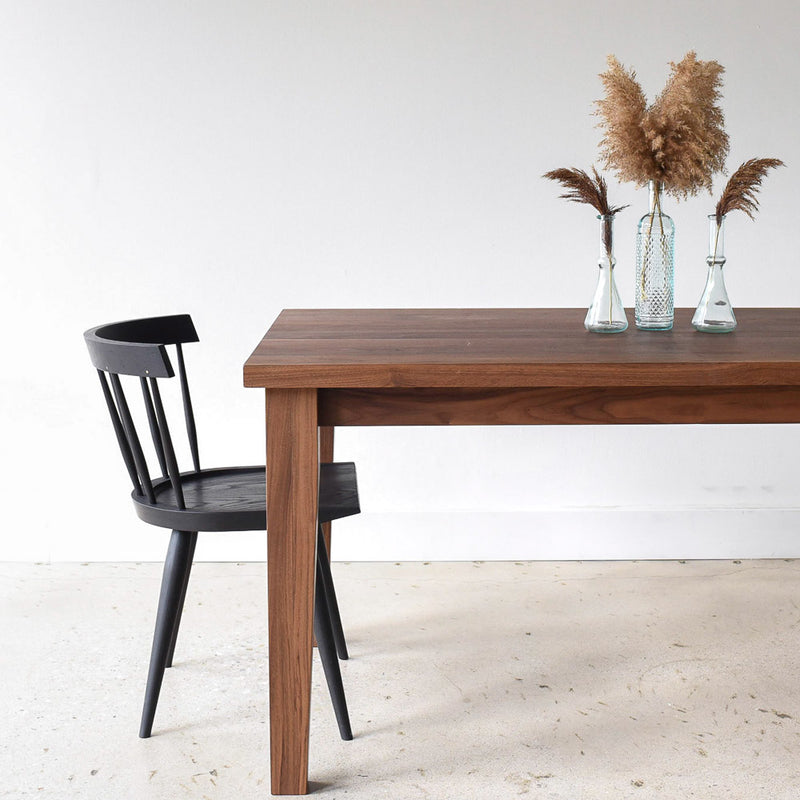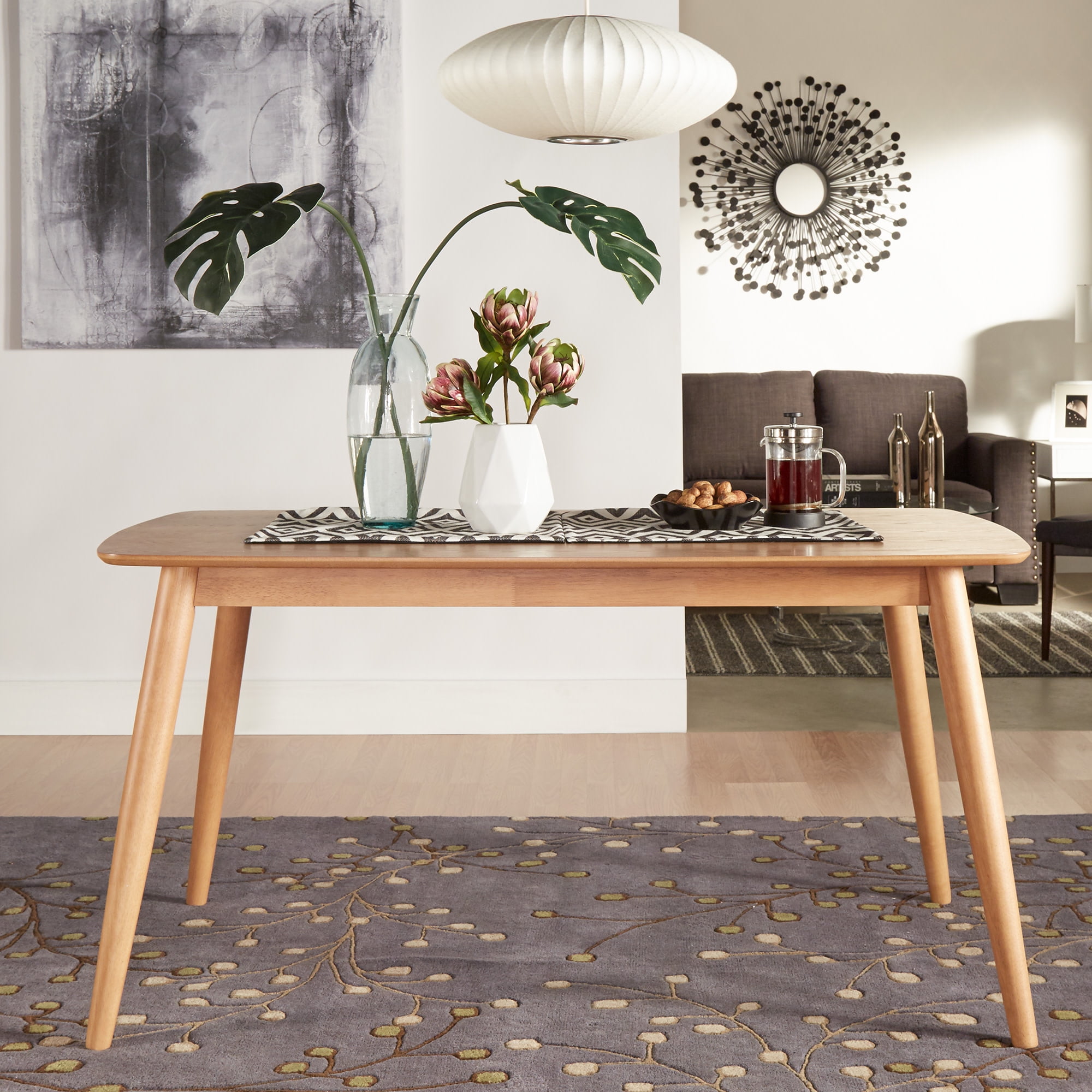Include Toughness and Beauty Using Solid Dining Table Legs Wood Pieces
Include Toughness and Beauty Using Solid Dining Table Legs Wood Pieces
Blog Article
Trick Elements to Bear In Mind for Eating Table Legs Wood Choices
When choosing timber for eating table legs, several vital factors require mindful consideration to ensure both functionality and aesthetic charm. The choice of wood type, identified by its sturdiness and special grain patterns, plays a critical function in the overall layout and long life of the piece.
Wood Kind and Characteristics
When picking timber for eating table legs, it is necessary to recognize the special qualities of various wood kinds. Various woods provide distinct advantages and negative aspects, influencing both the sturdiness and visual appeal of the ended up product.
Hardwoods, such as maple, cherry, and oak, are typically liked for their toughness and resistance to wear. Oak, recognized for its excellent durability, likewise includes a noticeable grain that can include personality to the table. Maple supplies a smooth surface area and is less vulnerable to warping, making it a reliable selection for practical furnishings. Cherry timber, with its rich shade that strengthens in time, gives a luxurious appearance however might require even more upkeep to avoid scrapes.
On the other hand, softwoods like want and fir are extra budget-friendly and much easier to work with, yet they are less long lasting than hardwoods. Pine is light-weight and includes a cozy, rustic look, making it a popular selection for laid-back dining settings. However, it is more at risk to scrapes and damages.
Recognizing these attributes will certainly assist in making an educated decision to ensure the legs of the eating table meet both useful and aesthetic needs.
Grain Patterns and Looks
The wood's grain is not just an aesthetic quality; it conveys an one-of-a-kind personality and beauty to each item. Various timber species display distinctive grain patterns, varying from the straight lines of maple to the intricate swirls of oak and the striking number of walnut.
Moreover, the positioning and range of the grain can influence the viewed dimension and sophistication of the table. Larger, more obvious grains may provide a vibrant, dramatic impact, while finer, subtler grains can create a fine-tuned, underrated look. Furthermore, the finishing procedure can further boost these patterns, stressing the natural charm of the timber and highlighting rich hues.
Inevitably, the choice of grain pattern must harmonize with other design elements, such as the tabletop and surrounding furniture, ensuring a natural aesthetic that raises the eating experience. Thoughtful choice of timber grain not only adds to the table's charm however additionally reflects the proprietor's taste and design.
Durability and Toughness
The toughness and toughness of eating table legs are critical considerations for making certain longevity and stability in any type of dining room. Choosing the ideal wood is vital, as different types display varying degrees of durability. Woods such as maple, oak, and cherry are typically preferred for their intrinsic stamina and resistance to wear. These materials not just hold up against daily use yet additionally support heavy lots, making them suitable for eating tables that regularly suit several diners. Dining Table Legs Wood.

Inevitably, spending in top quality timber and durable building methods will yield a table that stands the test of time, while providing a reliable structure for plenty of meals shared among friends and family. Prioritizing sturdiness and stamina makes sure that your dining table stays functional and cosmetically pleasing for many years to come.
Upkeep and Care
Proper upkeep and treatment are vital for preserving the longevity and strength of eating table legs made from wood. Routine cleansing is important; using a soft, moist fabric guarantees browse around these guys that dirt and particles do not accumulate, which can cause scrapes and monotony. It is a good idea to avoid severe chemicals or unpleasant materials that can damage the coating.
Furthermore, using an ideal timber gloss or wax occasionally can help keep the sheen and shield the timber from dampness and spills. Nevertheless, it is critical to adhere to the maker's referrals concerning the kind of product to make use of, as particular surfaces may react adversely to details chemicals.
Humidity and temperature level variations can also affect wooden table legs, creating them to warp or fracture. It's finest to position the table far from straight sunshine and warmth sources. If the table legs have any dents or scratches, dealing with these promptly can avoid additional damages.
Last but not the original source least, occasionally evaluating the joints and screws for tightness is essential to preserve structural integrity (Dining Table Legs Wood). By adhering to these maintenance methods, house owners can guarantee their wood eating table legs remain enticing and useful for many years ahead
Ecological Considerations
When choosing wood for dining table legs, it's important to take environmental considerations into account. The sourcing and sustainability of timber are vital in reducing ecological effect. Going with timber from certified sources, such as those endorsed by the Forest Stewardship Council (FSC), makes certain that the lumber is collected properly, advertising woodland conservation and biodiversity.

Moreover, regional sourcing of wood decreases transport discharges, supporting local economic situations while minimizing ecological effect. It is likewise a good idea to be familiar with the wood's treatment and ending up processes, as certain chemicals can be hazardous to both human health and the environment. By focusing on sustainable timber choices, customers can add to ecological conservation while delighting in the longevity and appeal of their dining table legs.
Conclusion
In final thought, get more picking timber for dining table legs requires cautious consideration of numerous factors, consisting of timber types, grain patterns, and durability. Upkeep demands and ecological sustainability more influence wood choices, emphasizing the relevance of sourcing from licensed or recovered materials.
When picking wood for eating table legs, a number of essential aspects call for mindful factor to consider to guarantee both performance and visual appeal.Proper maintenance and care are vital for maintaining the longevity and stamina of dining table legs made from wood.When choosing timber for eating table legs, it's crucial to take ecological factors to consider right into account. By focusing on sustainable wood options, customers can contribute to environmental conservation while taking pleasure in the durability and appeal of their dining table legs.
In verdict, selecting wood for dining table legs necessitates mindful consideration of different factors, including timber kinds, grain patterns, and resilience. Dining Table Legs Wood.
Report this page